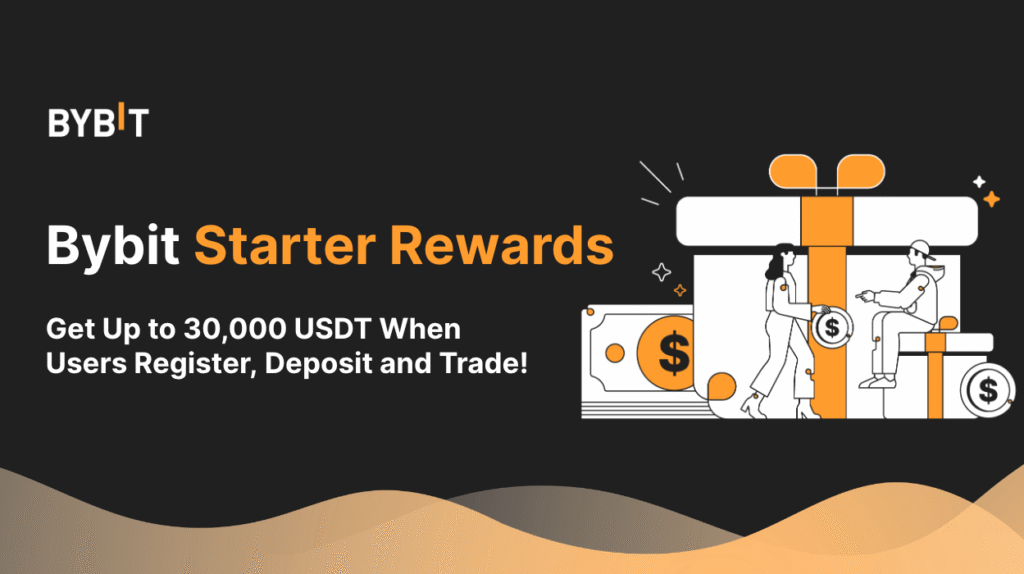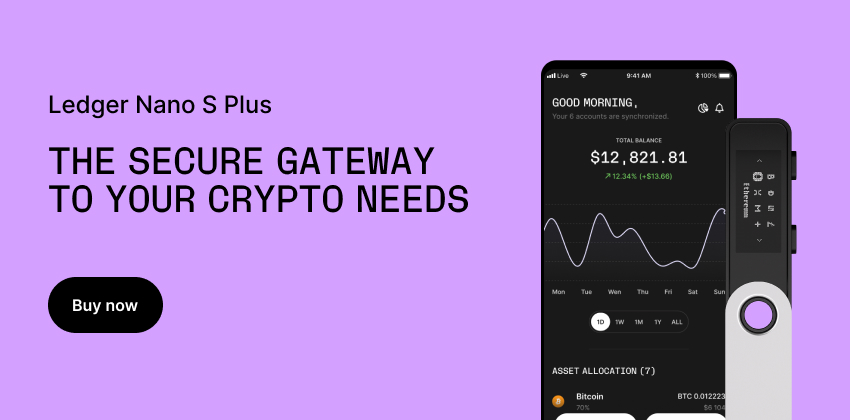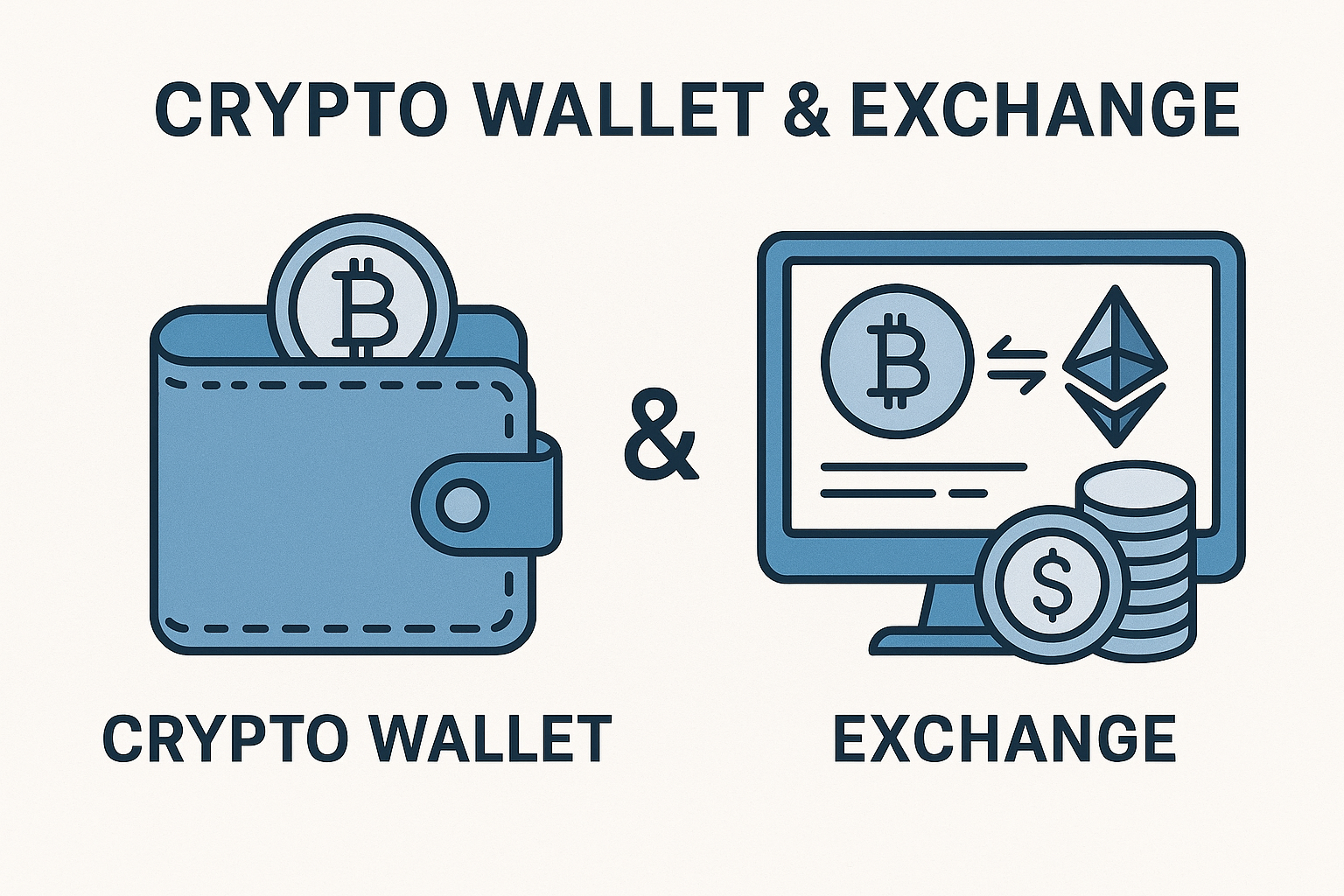Introduction: Unlocking the World of Digital Currency
In the rapidly evolving landscape of digital finance, understanding how to securely manage your cryptocurrencies is paramount. Whether you’re a seasoned investor or just dipping your toes into the world of Bitcoin, Ethereum, or NFTs, one term you’ll encounter frequently is ‘crypto wallet’. But what exactly is a crypto wallet, and why is it so essential for anyone dealing with digital assets? This comprehensive guide will demystify crypto wallets, explaining their function, types, and how to use them effectively to safeguard your valuable digital holdings. By the end of this article, you’ll have a clear understanding of how these digital tools work and the best practices for keeping your crypto safe.
What is a Crypto Wallet?
At its core, a crypto wallet is a digital tool that allows you to securely store, send, and receive cryptocurrencies. Unlike traditional wallets that hold physical cash or cards, a crypto wallet doesn’t actually ‘hold’ your digital assets in the same way. Instead, it stores the cryptographic keys—specifically, your public and private keys—that are essential for accessing and managing your cryptocurrency on the blockchain. Think of your public key as your bank account number, which you can share with others to receive funds. Your private key, on the other hand, is like your password or PIN. It grants you access to your funds and authorizes transactions. Keeping your private key secure is paramount, as anyone with access to it can control your digital assets.
Public and Private Keys: The Foundation of Your Digital Assets
Every cryptocurrency transaction relies on a pair of cryptographic keys:
•Public Key: This is derived from your private key and serves as your wallet address. It’s what you share with others when you want to receive cryptocurrency. It’s publicly visible on the blockchain, but it cannot be used to spend your funds.
•Private Key: This is a secret, alphanumeric code that proves you own the cryptocurrency associated with your public key. It’s used to digitally sign transactions, authorizing the movement of your funds. Losing your private key means losing access to your crypto, and if it falls into the wrong hands, your assets can be stolen.
How Does a Crypto Wallet Work?
Understanding how a crypto wallet functions is key to appreciating its role in the blockchain ecosystem. When you send cryptocurrency, you’re not actually sending digital coins from one wallet to another in the traditional sense. Instead, you’re broadcasting a transaction to the blockchain network. This transaction includes your public key (the sender’s address), the recipient’s public key (the receiver’s address), the amount of cryptocurrency being sent, and a digital signature created using your private key.
Here’s a simplified breakdown of the process:
1.Initiate Transaction: You decide to send cryptocurrency to another person or service.
2.Digital Signature: Your crypto wallet uses your private key to create a unique digital signature for that specific transaction. This signature proves that you, the owner of the private key, authorized the transaction and that the transaction data hasn’t been tampered with.
3.Broadcast to Network: The signed transaction is then broadcast to the cryptocurrency’s network (e.g., Bitcoin network, Ethereum network).
4.Verification by Nodes: Network participants, known as nodes, verify the transaction’s legitimacy. They check if the digital signature is valid and if you have sufficient funds in your public address to complete the transaction.
5.Block Confirmation: Once verified, the transaction is added to a block of other transactions. This block is then added to the blockchain, making the transaction immutable and publicly verifiable. At this point, the recipient’s wallet will reflect the new balance.
It’s crucial to remember that your crypto wallet doesn’t store your cryptocurrency directly. Your crypto always resides on the blockchain. The wallet merely provides the interface and the cryptographic keys necessary to interact with your funds on the blockchain.
Types of Crypto Wallets: Hot vs. Cold
Crypto wallets come in various forms, each offering different levels of security, convenience, and accessibility. They are broadly categorized into two main types: hot wallets and cold wallets.

Hot Wallets
Hot wallets are cryptocurrency wallets that are connected to the internet. Their online nature makes them convenient for frequent transactions but also exposes them to higher security risks, as they are more susceptible to hacking attempts. Examples of hot wallets include:
•Web Wallets: These are accessed through a web browser and are often provided by cryptocurrency exchanges (e.g., Coinbase, Binance , Bybit). While convenient, you typically don’t have full control over your private keys, as the exchange manages them on your behalf. This is often referred to as a ‘custodial’ wallet.
•Mobile Wallets: These are applications downloaded onto your smartphone. They offer convenience for on-the-go transactions and often feature user-friendly interfaces. Examples include Trust Wallet and MetaMask (which also has a browser extension).
•Desktop Wallets: These are software programs installed on your computer. They provide more control over your private keys than web wallets, but your funds are still vulnerable if your computer is compromised by malware or viruses.

Cold Wallets
Cold wallets, also known as hardware wallets, are physical devices that store your private keys offline. This offline storage makes them significantly more secure against online threats like hacking and malware. They are ideal for storing large amounts of cryptocurrency that you don’t intend to access frequently. Examples include:
•Hardware Wallets: These are dedicated physical devices, often resembling a USB drive (e.g., Ledger, Trezor). They keep your private keys isolated from internet-connected devices, requiring physical confirmation for transactions. This provides the highest level of security for your digital assets.
•Paper Wallets: A paper wallet is a physical printout of your public and private keys, often in the form of QR codes. While completely offline and immune to cyberattacks, they are susceptible to physical damage, loss, or theft. They are generally not recommended for beginners due to the risks involved in managing them.
Each type of crypto wallet has its pros and cons, and the best choice depends on your individual needs, the amount of crypto you hold, and your comfort level with technology and security. For beginners, a combination of a mobile wallet for small, frequent transactions and a hardware wallet for larger, long-term holdings is often recommended.
How to Use a Crypto Wallet: A Step-by-Step Guide
Using a crypto wallet might seem daunting at first, but the basic operations are quite straightforward. Here’s a general guide on how to get started:
1. Choosing Your Wallet
As discussed, select a wallet that suits your needs. For beginners, a reputable mobile wallet like Trust Wallet or MetaMask is a good starting point for smaller amounts, while a hardware wallet is recommended for significant investments. Consider factors like supported cryptocurrencies, ease of use, and security features.
2. Setting Up Your Wallet
Once you’ve chosen a wallet, download the official application or acquire the hardware device. Follow the setup instructions carefully. This typically involves:
•Creating a new wallet: Most wallets will guide you through generating a new wallet address.
•Setting a strong password/PIN: This is your first line of defense.
•Writing down your seed phrase (recovery phrase): This is a series of 12 or 24 words that acts as a master key to your wallet. Write it down physically and store it in a secure, offline location. Never store it digitally or share it with anyone. If you lose your device or forget your password, this seed phrase is the only way to recover your funds. Treat it like the keys to your digital vault.
3. Receiving Cryptocurrency
To receive crypto, you’ll need to provide your public wallet address to the sender. Most wallets have a ‘Receive’ or ‘Deposit’ option that displays your unique address, often as a QR code. Ensure you are providing the correct address for the specific cryptocurrency you wish to receive (e.g., a Bitcoin address for Bitcoin, an Ethereum address for Ethereum).
4. Sending Cryptocurrency
Sending crypto involves a few steps:
•Recipient’s Address: Obtain the recipient’s public wallet address. Double-check it carefully, as transactions on the blockchain are irreversible.
•Amount: Enter the amount of cryptocurrency you wish to send.
•Transaction Fees (Gas Fees): Be aware that most transactions incur a small fee, paid to the network validators. These fees can vary based on network congestion.
•Confirmation: Your wallet will ask you to confirm the transaction details. For hardware wallets, this often involves physically confirming on the device itself. Once confirmed, the transaction is broadcast to the blockchain.
5. Monitoring Transactions
You can track the status of your transactions using a blockchain explorer (e.g., Etherscan for Ethereum, Blockchain.com for Bitcoin). Simply paste your transaction ID or wallet address into the search bar to see its progress and confirmation status.
Security Best Practices for Your Crypto Wallet
Securing your crypto wallet is paramount to protecting your digital assets. While the technology behind cryptocurrencies is robust, the weakest link is often human error or negligence. Here are essential security best practices to adopt:
•Safeguard Your Seed Phrase: This cannot be stressed enough. Your seed phrase is the ultimate key to your funds. Store it offline, in multiple secure locations, and never share it with anyone. If you lose it, your funds are gone. If someone else gets it, your funds can be stolen. Consider using a fireproof and waterproof safe.
•Enable Two-Factor Authentication (2FA): For any hot wallet or exchange account, always enable 2FA. This adds an extra layer of security, requiring a second form of verification (e.g., a code from your phone) in addition to your password.
•Use Strong, Unique Passwords: Never reuse passwords across different platforms. Use a combination of uppercase and lowercase letters, numbers, and symbols. A password manager can help you manage complex passwords securely.
•Be Wary of Phishing Scams: Scammers often try to trick you into revealing your private keys or seed phrase through fake websites, emails, or messages. Always double-check URLs, sender addresses, and be suspicious of unsolicited requests for sensitive information. Remember, legitimate crypto services will never ask for your private key or seed phrase.
•Keep Software Updated: Regularly update your wallet software, operating system, and antivirus programs. Updates often include critical security patches that protect against newly discovered vulnerabilities.
•Verify Addresses Carefully: Before sending any cryptocurrency, always double-check the recipient’s wallet address. A single wrong character can result in irreversible loss of funds. Some users send a small test transaction first for large amounts.
•Understand Transaction Fees: Be aware of network fees (gas fees) associated with transactions. High fees can sometimes indicate network congestion, but also be wary of unusually high fees that might be a sign of a scam.
•Consider a Hardware Wallet for Large Holdings: For significant amounts of cryptocurrency, a hardware wallet offers the best protection against online threats. It keeps your private keys offline, making them virtually immune to hacking attempts.
•Educate Yourself Continuously: The crypto space is constantly evolving. Stay informed about new security threats, best practices, and technological advancements. A great resource for staying updated on blockchain security is the Blockchain Security Alliance.
For further reading on securing your digital assets, you might find this article on Understanding Cryptocurrency Security Measures helpful. (Internal Link Placeholder)
Frequently Asked Questions (FAQs) About Crypto Wallets
Q1: Can I have multiple crypto wallets?
Yes, you can have as many crypto wallets as you like. Many users choose to have multiple wallets for different purposes, such as one for daily transactions (hot wallet) and another for long-term storage of larger amounts (cold wallet). You can also have different wallets for different cryptocurrencies.
Q2: What happens if I lose my crypto wallet device?
If you lose your crypto wallet device (e.g., your phone with a mobile wallet app, or your hardware wallet), you can still recover your funds as long as you have securely backed up your seed phrase (recovery phrase). You can use this seed phrase to restore your wallet on a new device or a different compatible wallet. This is why safeguarding your seed phrase is critically important.
Q3: Are crypto wallets regulated?
The regulation of crypto wallets varies significantly by jurisdiction and the type of wallet. Non-custodial wallets (where you control your private keys) are generally less regulated than custodial wallets (where a third party holds your keys, like an exchange wallet). Exchanges and other custodial service providers are often subject to financial regulations, including Know Your Customer (KYC) and Anti-Money Laundering (AML) laws. It’s important to be aware of the regulations in your specific region.
Q4: Do I need a crypto wallet to buy cryptocurrency?
Yes, to truly own and control your cryptocurrency, you need a crypto wallet. While you can buy cryptocurrency on exchanges without immediately transferring it to a personal wallet, the crypto remains under the exchange’s control (custodial wallet). For full ownership and security, it’s highly recommended to transfer your purchased crypto to a non-custodial wallet where you hold the private keys.
Conclusion: Empowering Your Digital Asset Journey
Crypto wallets are the gateway to the decentralized world of digital assets. They are not just tools for storing your cryptocurrencies; they are fundamental to exercising true ownership and control over your digital wealth. By understanding the different types of wallets, how they function, and—most importantly—by diligently applying security best practices, you can navigate the exciting yet complex crypto landscape with confidence.
Remember, in the world of cryptocurrency, you are your own bank. This brings immense freedom but also significant responsibility. Take the time to educate yourself, choose your wallet wisely, and always prioritize the security of your private keys and seed phrase. Your digital future depends on it.
Ready to dive deeper into the world of blockchain? Explore our other articles on cryptocurrency security and decentralized finance to further empower your digital asset journey!
